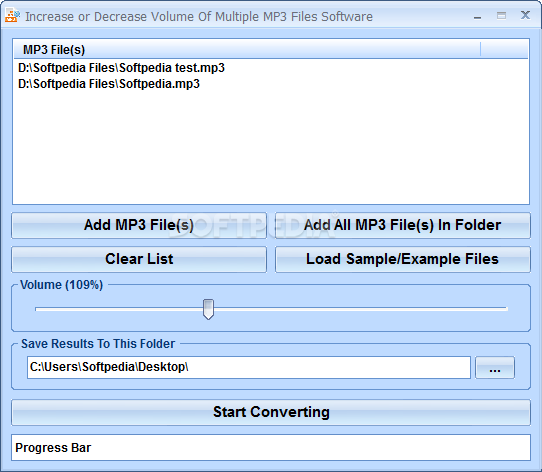

Whatever peak volume differences there were between the tracks (or channels within a track) will be preserved. If you select multiple tracks and apply the Amplify effect, then all audio tracks will be amplified by the same amount.įor example, if you enter 3 dB in "Amplification (dB)", all audio tracks will be amplified by 3 dB, irrespective of their original level. The reason that the Amplified waveform is smaller is that the positive peaks above the horizontal line have been shifted up vertically by the DC offset, so although the positive peak is at 0.0 dB (+1.0 on the vertical scale), the negative peak below the horizontal is far away from -1.0.ĭifferences between Amplify and Normalize on multiple tracks or channels Amplify multiple audio tracks Note also that the DC offset has become worse after amplifying than it was in Figure 1 - the offset has also been amplified. In both cases the maximum peak amplitude was set to 0.0 dB, but note that in the upper (amplified) track, the resulting waveform is noticeably smaller than in the lower (normalized) track. In the lower track we see that amplified waveform after applying Normalize with DC offset correction. In the upper track in Figure 2 we show the offset upper track from Figure 1 after applying Amplify. Using Normalize with this selected (but with "Normalize maximum amplitude to" not selected) will correct this offset without making any other changes to the amplitude - the result will look like the lower track. We can correct this fault by using the Normalize effect with "Remove any DC offset" selected. In Figure 1 you can see that the upper track is not centerd on the horizontal line, but above it. A minimal amount of offset is very common, but large amounts (such as in Figure 1 below) should not normally happen. If DC offset is present, you should always use DC offset correction. Using Normalize with DC offset correction If the DC offset correction in Normalize is not applied, each of these methods will do exactly the same thing and the resulting audio will be identical. With a -6 dB track, Amplify will always default to the above "Amplification (dB)" and "New Peak Amplitude (dB)" values, because it always defaults to amplifying to 0.0 dB. Set "New Peak Amplitude (dB)" to -0.0 dB."Normalize the maximum amplitude" to -0.0 dB.If we have a track whose peak amplitude is -6 dB (+0.5 to -0.5 on the vertical scale), there are three ways to bring the peak up to 0 dB (+1.0 to -1.0 on the vertical scale). The slider can also be used to choose the amplification level without entering any text input.įor a single mono track, these are essentially different ways of saying the same thing. The Amplify effect offers two interdependent options (meaning that changing one changes the other): "Amplification (dB)", and "New Peak Amplitude (dB)". The Normalize effect offers the option to "Normalize maximum amplitude to" a chosen level. 3.2 Normalize multiple audio tracks or channels.3 Differences between Amplify and Normalize on multiple tracks or channels.2 Using Normalize with DC offset correction.


 0 kommentar(er)
0 kommentar(er)
